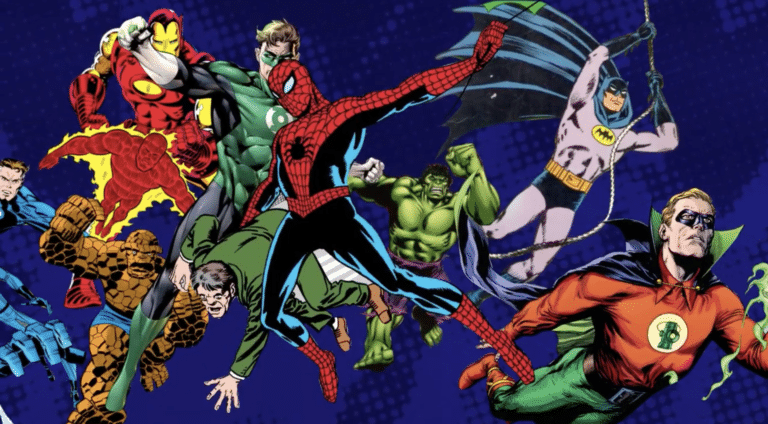
Spooky season is upon us, and this year costumes are getting creative: Squid Games, Cruella De Vil and Olivia Rodrigo are just a few of the popular predictions.
Still, some things never change. Superhero costumes like Spiderman, Batman and Harley Quinn are topping the charts according to Google Trends’ annual list of top costumes in America and we’ve got Jewish writers to thank for these iconic characters.
Spiderman is Jewish and nobody can tell me otherwise pic.twitter.com/e6qUzxCXsQ
— Lyra/מים asexual enby queen of dairy products✉️💣 (@sleepy_lyra) June 26, 2021
The very Jewish history of comic book superheroes
Comic books in America have existed since the 1840s, but what we generally think of as comic books today really only started in the 30s with what is known as the “Golden Age of Comic Books.”
The comic book industry really took off with the publication of Action Comics #1 in 1938 which featured Superman, a character created by Jerry Seigel and Joe Shuster, the children of Jewish immigrants from Lithuania and the Netherlands.
As it turned out, the comic book industry was well suited to Jews.
“Jewish people [were] barred or at least not very welcome in the more upscale, entertainment mediums,” explains Jordan Gorfinkel, editor of Batman and co-creator of Birds of Prey. “Therefore, [they] gravitated to what they could wrap their hands on.”
At the time, it was simply a way for Jewish folks to make a living.
“If you were a creative Jewish guy or woman in the thirties and the forties, you couldn’t get a job in an advertising agency, you couldn’t get a job in prestigious journalism. These were occupations that were reserved for the sons and daughters of well-heeled all-American WASP families,” says Liel Leibovitz, who authored the biography Stan Lee: A Life in Comics.

“You could, however, get a job in this kind of wild west of an enterprise in which people drew these funny books that sold for a pittance,” he explains. “And were meant probably for kids or feeble minded adults… it didn’t really matter so much.”
In fact, working in comics was seen as a stepping stone, a way for Jewish immigrants to get their foot in the door.
“Nobody was bragging about being in comics,” says Danny Fingeroth, editor of Spiderman. “It was a place where Jewish teenage kids with a high school education and some ability to write and draw could get in.”
An industry dominated by Jewish immigrants
The result was an industry dominated by Jewish immigrants and the children of immigrants.
Two of DC’s founders were from Romania and the Ukraine.
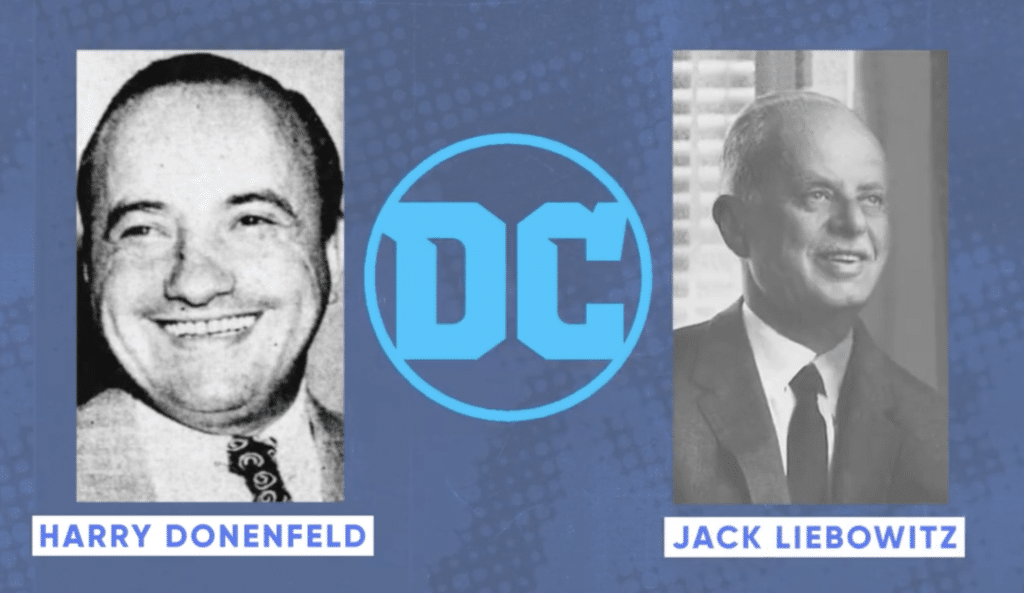
Marvel’s founder was one of 17 children of Lithuanian immigrants.
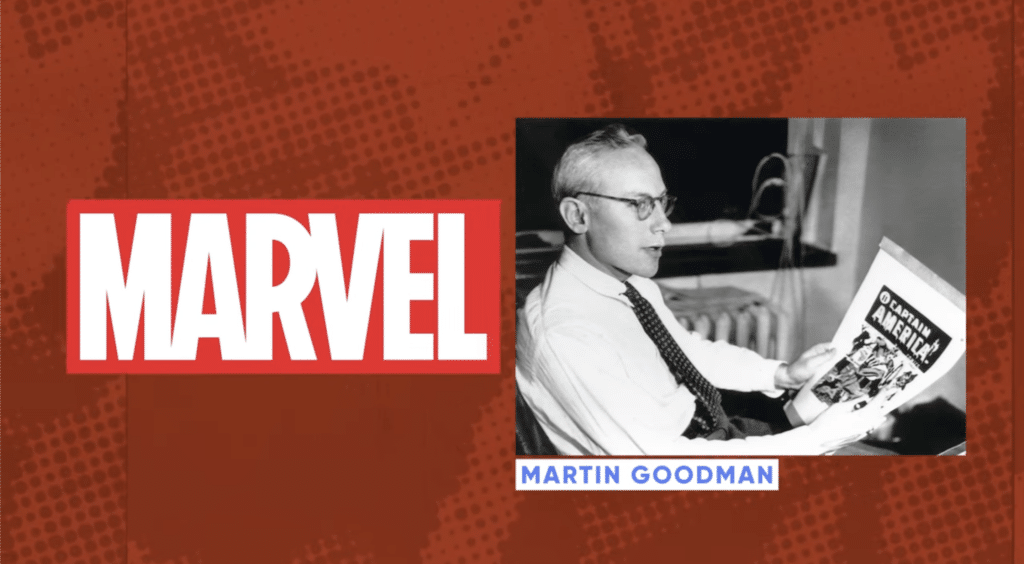
The founders of what is now Archie Comics were all Jews.
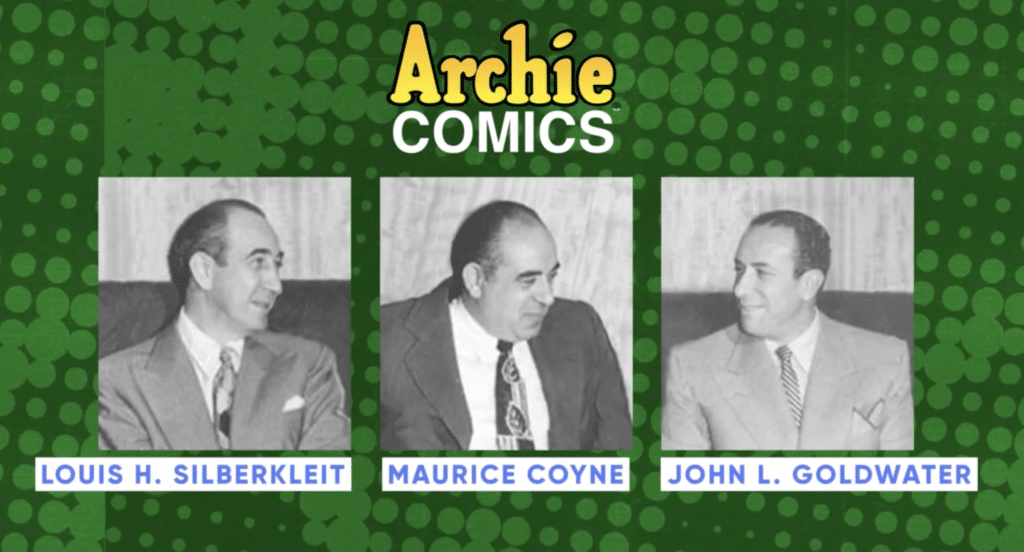
Many of the heroes themselves, including Batman, Green Lantern, the Fantastic Four, the Avengers, Spiderman, and many others, were written by Jews as well.
These Jewish and immigrant creators brought their experiences and values to the stories they told. From the way their religion influenced the morals and ideals in the stories, to the backgrounds and personalities of the heroes themselves.
“I think [comics] do grow very much out of the immigrant experience,” explains Sholly Fisch, who has written for multiple comics including Batman and Superman.
“The sort of prototypic example that people always use is Superman. He comes to earth from a distant planet to a new place, new culture, all of that.”
The concepts stem from the immigrant experience
The dominant idea in many comics is a hidden or dual identity, which illustrates the immigrant experience, says Fingeroth.

“Everybody has some kind of dual identity, but I think for Jews that hits home very much,” he says. “Especially up until the recent past, the whole idea of Jewish observance, Jewish customs and just the Yiddish or Hebrew, was not mainstream.”
It was these Jewish immigrants that created the superhero genre, and the characters they created reflected what they wanted to see in a more perfect world, explains Gorfinkel.
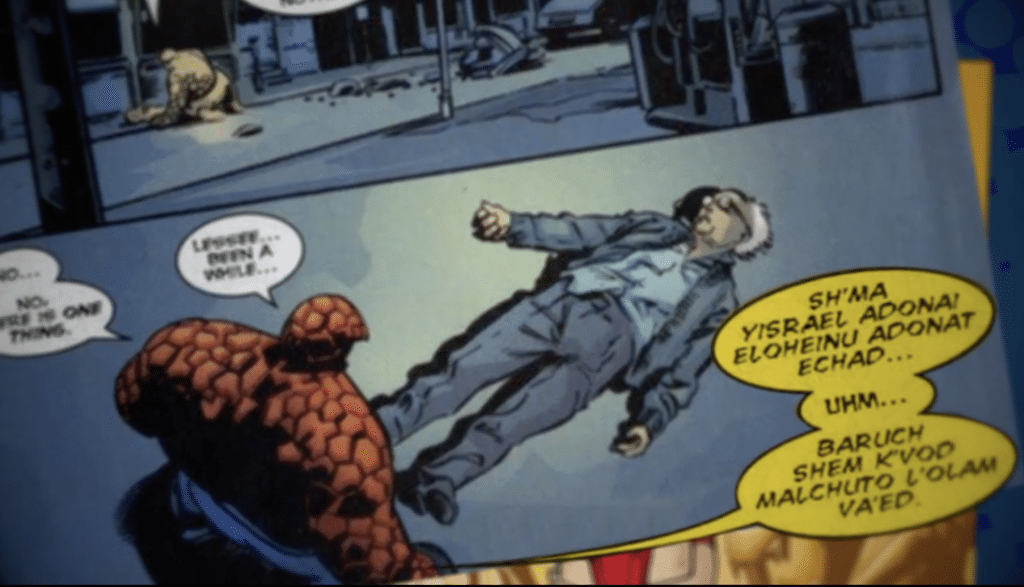
“[It makes sense] that a group of people with a history of persecution would come up with fantasies of savior figures that come from beyond to make everything right,” adds Fingeroth.
It’s the Jewishness of its writers that made comics very reflective of Jewish values.
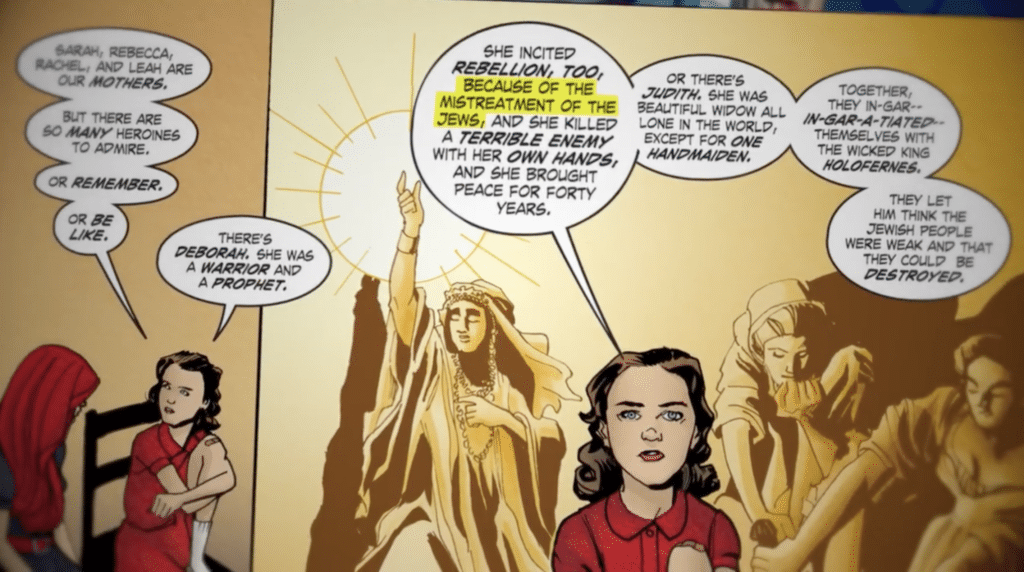
“Things like helping others, self-sacrifice, standing up for what’s right,” are only some of the Jewish values reflected in popular comic narratives.
As Jews integrated, so did comics
Jewish writers continued to play a major role in comics as the medium and heroes developed over the decades through the Silver Age of American Comics in the 50s and 60s, the Bronze Age in the 70s and mid 80s and beyond.
Over the years as Jews became more accepted in mainstream culture, they gained a greater sense of security and the comics they wrote changed as well.
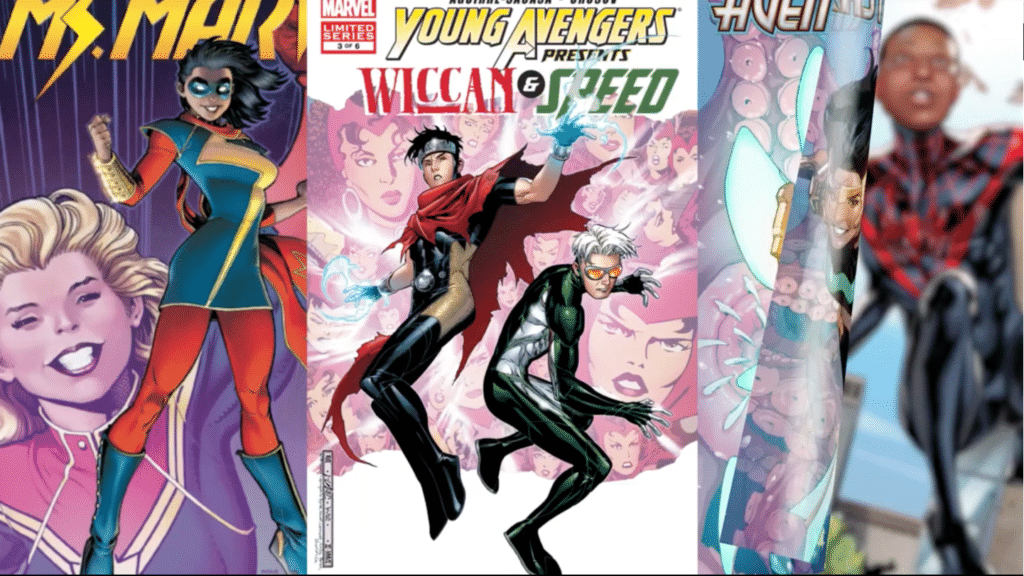
For example, comics evolved from being about archetypal American heroes to including more diverse characters, says Leibovitz.
“There can be no question that the comics were hugely ahead of their time showcasing people of different ethnic groups, people of different sexual orientations, people who had different ideas and different politics.” he explains.
“No other mass media was doing that. Comics felt safe doing that because they were always seen as the kind of stepchild of pop culture.”
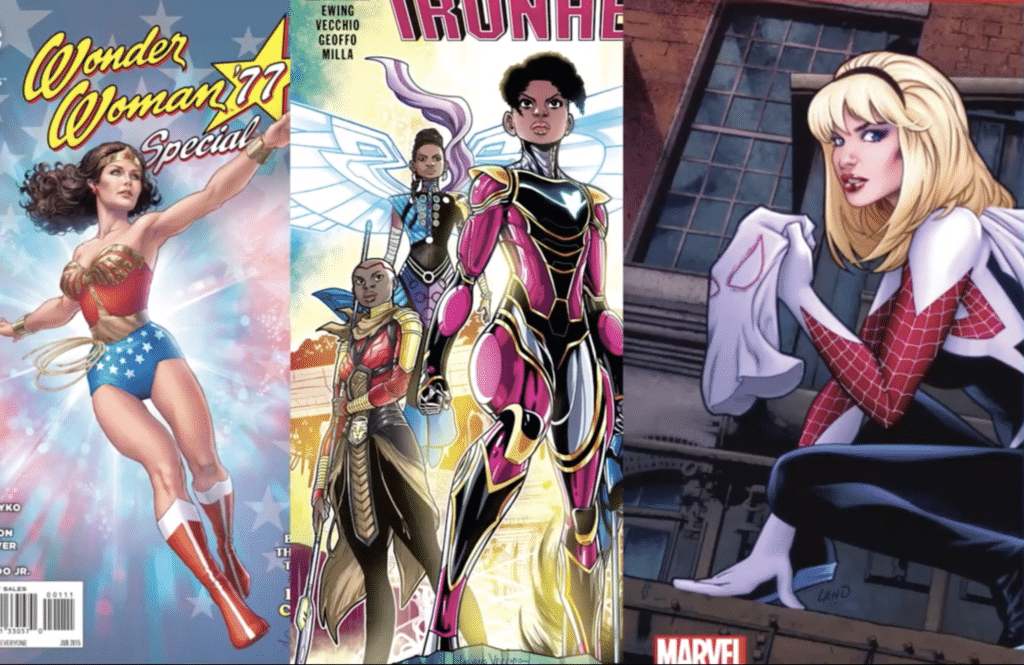
Some would argue that this medium, that brought outsiders to the forefront and shared their values and concerns, played a role in shaping a more tolerant society.
“I would like to believe that there is at least some correlation, if not causation, between the fact that these comic books soon became the beating heart of American popular culture,” says Leibovitz.
“And the notion that we have progressed vastly, blessedly, and blissfully in the last 30, 40 years towards achieving greater equality to all Americans.”
Will you be dressing up as a superhero this year? Let us know on Instagram, Twitter and Tik Tok!
Originally Published Oct 28, 2021 12:02AM EDT


